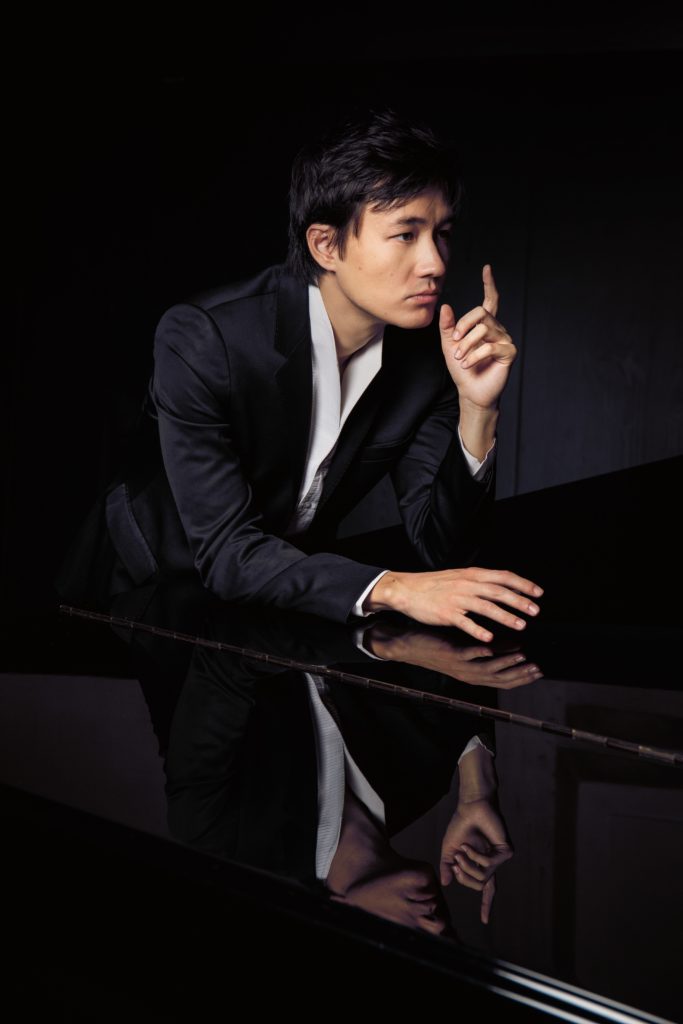Recently, the unveiling ceremony of the animated short film “The Last Stage,” an original creation of the MOE Engineering Research Center at the Beijing Film Academy, took place. Those participating in the unveiling ceremony included representatives from the Busan Arts Festival Organizing Committee: Professor Han Dongming, Design Discipline Professor at Dongseo University in South Korea and Chairman of the Busan International Arts Festival; Professor Wang Dong, Visual Design Discipline Professor at Dongseo University and Executive Director of the Busan International Arts Festival; Dr. Lee Sanghwi, a design Ph.D. from Dongseo University and an operating committee member of the Busan International Arts Festival.
Also present were Huang Pei from the School of New Media at Beijing University of Posts and Telecommunications, Jia Yunbo from the Central Academy of Fine Arts, and other key creative personnel. The director of “The Last Stage” and the initiator of the digital character sculpture derivative concept, Fan Beilu, was in attendance, as well as Wu Di, a researcher and painter at the MOE Engineering Research Center at the Beijing Film Academy. The ceremony was hosted by Professor Liu Qian from the School of Digital Media at the Beijing Film Academy.
During the ceremony, Fan Beilu introduced the teaching, creative, and research work of the Animation School at the Beijing Film Academy to the South Korean experts. The Korean guests shared the basic information about this year’s Busan Arts Festival and provided a brief overview of the related work undertaken by Dongseo University. They expressed gratitude for the active participation of the Beijing Film Academy in the Busan Arts Festival and presented a letter of thanks to Fan Beilu and an appointment letter to Liu Qian.
Subsequently, the attending teachers witnessed a discussion on the practical research of sand-type 3D printed sculptures for “The Last Stage.” The discussion explored the possibilities, feasibility, and potential of animation-derived sculptures. The bold attempt was highly appreciated, and a detailed exchange took place regarding new artistic techniques in animation-derived sculpture. Following this, everyone sequentially visited works from the MOE Engineering Research Center at the Beijing Film Academy, including the trailer for “The Foolish Old Man Removes the Mountains,” the 8K ink painting film “Autumn Harvest,” and the animated film “Flying to the Moon.” After the exchange, the attending teachers jointly unveiled the painted sculptures for “The Last Stage.”

The sculpture is derived from the animated short film “The Last Stage,” which creatively introduces a three-dimensional representation of Chinese opera-style puppet animation. The film primarily tells the story of a post-apocalyptic world where Earth has no life, and even the last remnants of human civilization are on the brink of extinction. In this desolate setting, the last surviving stage features a humanoid artificial intelligence robot performer. As the sole remaining representative of human civilization on Earth, this robot, powered by the last trace of electricity, completes the final performance on the last stage.
“The creative transformation and innovative development” have always been the consistent pursuit of the MOE Engineering Research Center at the Beijing Film Academy. In the stylistic design of “The Last Stage,” there is a bold attempt to integrate elements of Eastern classical aesthetics with futuristic technological elements. In terms of performance, traditional Peking opera martial arts techniques are incorporated into the film and undergo a secondary creative process. Technologically, three-dimensional animation software is used, and frame-by-frame animation is employed to enhance the artistic texture of the film. Musically, a pre-compositional approach is taken to strengthen the rhythm and cadence of the animation creation. At its core, the film features a humanoid artificial intelligence robot performer exploring the continuity of future human civilization through seemingly unconventional actions and exaggerated performances.
The stage setting predominantly utilizes a black space, creating a unique atmosphere through the visual effects of 3D rendering. From production to stylistic expression, performance characteristics, and stage setting, the film adheres to the concept of localized animation creation in China. Simultaneously, it innovates and integrates traditional elements with digital technology, providing an internationalized form of Eastern aesthetics.
With its original and innovative presentation featuring Chinese, ethnic, modern, and international elements, “The Last Stage” was honored with the Gold Award for Animation at the 2023 Busan International Arts Festival International Creative Arts Competition. In addition to this recognition, the film had the privilege of being considered in various major film festivals worldwide for the animation short film category, aiming for awards in prestigious categories like the Oscars.
The digital character sculptures derived from “The Last Stage” stand at a height exceeding 1.5 meters. The sculptures closely follow the narrative logic of the animated short film, successfully transforming characters into sculpture derivatives with distinctive features of animated landscapes. This marks the first domestically produced set of digital character sculpture derivatives using cutting-edge sand-type 3D printing technology.
In terms of painting, the Engineering Research Center for Digital Film and Television Animation Creative Education at the Beijing Film Academy drew inspiration from Nuo opera masks, painted pottery, and Tang Dynasty tri-colored glazed pottery. They incorporated mineral pigments, applied wet pigments, and utilized low-temperature curing resin to simulate the firing of ceramic glaze, aiming to recreate the texture from the animation as closely as possible. This meticulous approach ensures a lifelike feel to the characters’ skin, clothing, and weapons, achieving a high level of authenticity.
 LOUIS ET GEORGES SCHWIZGEBEL
LOUIS ET GEORGES SCHWIZGEBEL